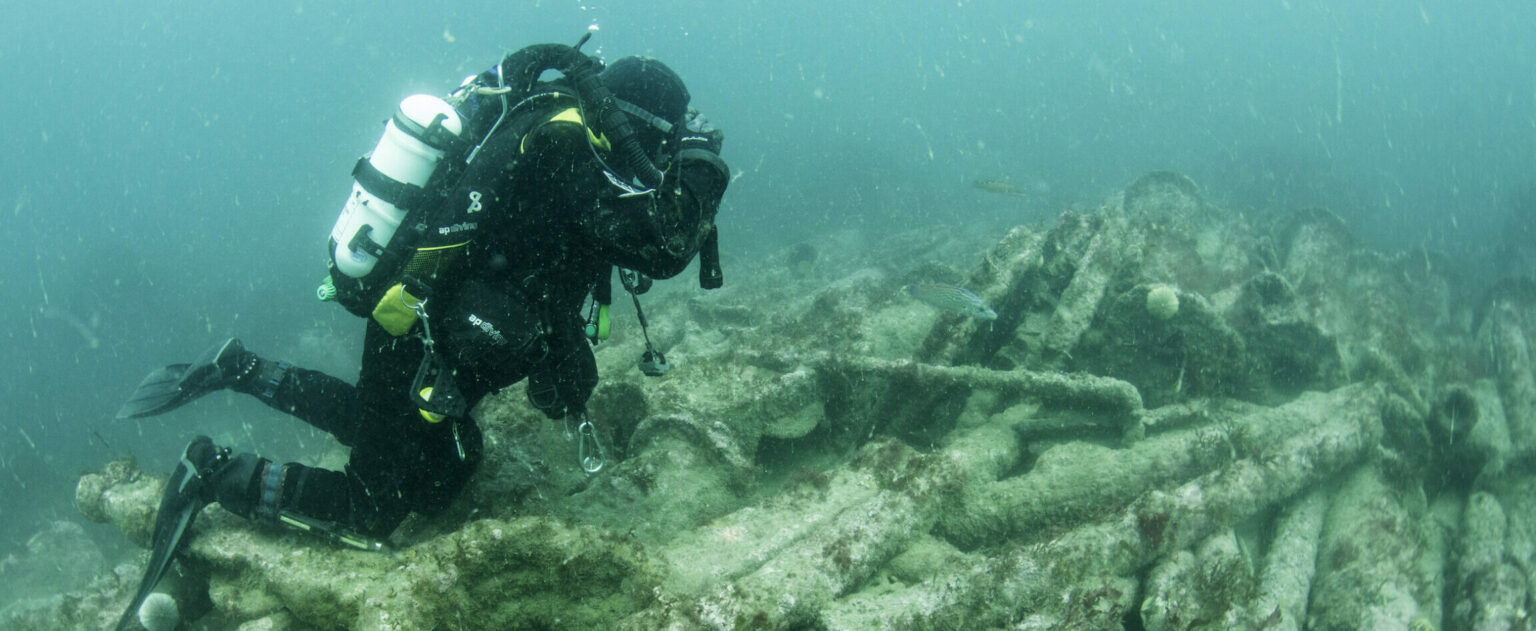Issues and concerns
As highlighted by McHenry et al. (2011, 1-2), the range of available 3D file formats is vast with each format storing various types of data in different ways. When combined with the relatively frequent release of new formats, alongside the evolution and development of existing formats, deciding on the appropriate format for long-term archiving of 3D data can be daunting. A previous guide in this series which looked specifically at virtual reality (AHDS 2002) to some extent highlights this development. While the data formats and creation processes covered by the AHDS Virtual Reality guide are now firmly dated, the guide does however highlight the importance of project planning and the documentation of 3D data alongside more general theoretical considerations involved in the creation of 3D and virtual reality datasets (AHDS 2002, sections 2, 4, 5).
While no set of guidelines can remain current forever, it is the hope of this guide that through a focus on the key elements and significant properties of 3D data within a general context of digital preservation concepts and principles, practical and lasting guidelines for 3D preservation and documentation can be created.



